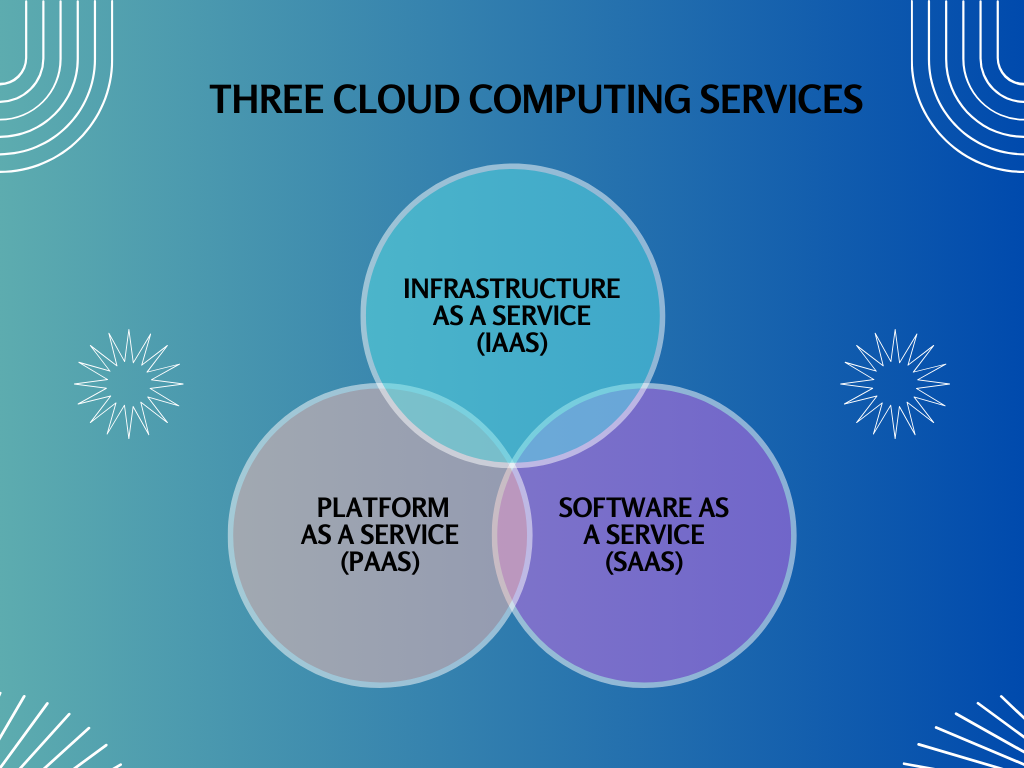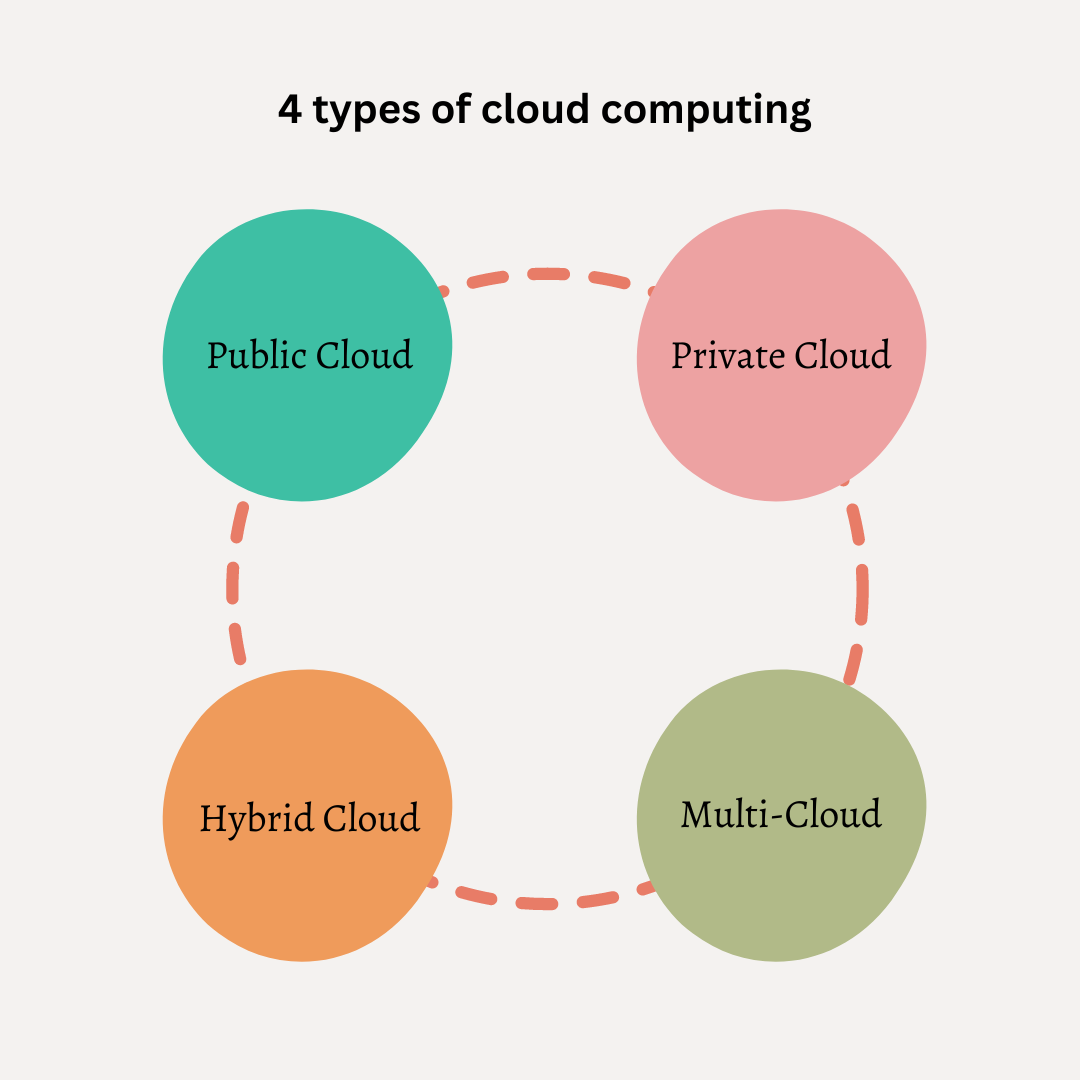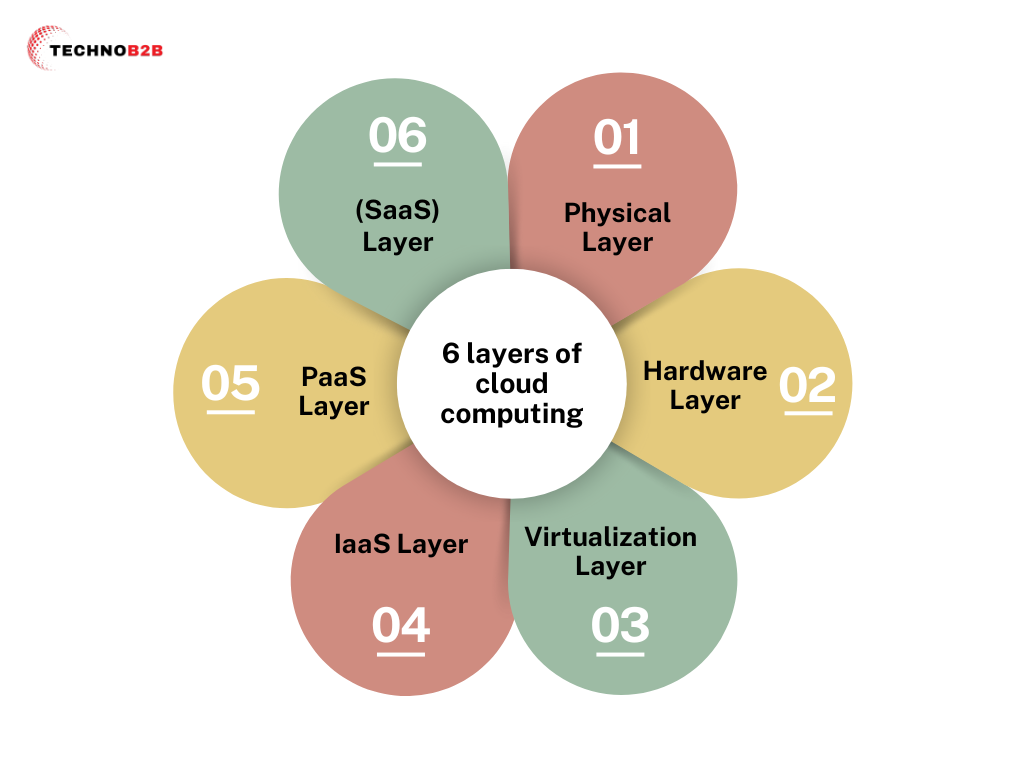Cloud Computing: A Beginners Guide
Cloud computing has emerged as a very helpful technology in the 21st century. As we all know, cloud computing has changed the IT world, and because of it, people have advanced in the IT industry, and now you can work from anywhere.
The cloud also helped IT companies save on infrastructure costs for servers. They don’t have to get involved in maintaining the on-site servers, which helps them focus on their business and not worry about other things.
Cloud computing is believed to have been developed by J. C. R. Licklider in the 1960s, when he worked on ARPANET to link people and data from anywhere at any time.
So, you might want to know more about the cloud, so I came up with the idea to collect all the possible questions you might want to ask. Let’s get started.
What is the cloud?
In simple terms, the cloud refers to remote servers accessed over the internet for storing, managing, and processing data.
For example, when you use online storage services like Google Drive or Dropbox, you’re utilizing the cloud. Additionally, platforms like Netflix and Spotify rely on cloud computing to stream content to users worldwide.
Why is it called the cloud?
The term “cloud” in cloud computing originates from the symbol used to represent the internet in network diagrams, resembling a cloud. This symbol was adopted because the internet’s infrastructure is complex and abstract, much like clouds in the sky. So, “cloud computing” signifies accessing resources and services over the internet.
Why is the cloud used?
The cloud is used for various reasons, primarily for its convenience, scalability, and cost-effectiveness. It allows users to access data and applications from anywhere with an internet connection, facilitating remote work and collaboration.
Additionally, the cloud enables businesses to scale their infrastructure and resources as needed without upfront investments in hardware.

What are the 3 main types of cloud computing services?
Cloud computing services are categorized into three main types: Infrastructure as a Service (IaaS), Platform as a Service (PaaS), and Software as a Service (SaaS).
1# Infrastructure as a Service (IaaS)
IaaS provides virtualized computing resources over the internet. Users can rent virtual machines, storage, and networking infrastructure on a pay-as-you-go basis.
Example: Amazon Web Services (AWS), Microsoft Azure, Google Cloud Platform (GCP).
Businesses can deploy their own software and applications on IaaS platforms without managing physical hardware.
2# Platform as a Service (PaaS)
PaaS offers a platform with development tools and infrastructure to build, deploy, and manage applications. It abstracts the underlying infrastructure complexities.
Example: Heroku, Microsoft Azure App Service, Google App Engine.
Developers can focus on coding and application logic without worrying about managing servers or underlying infrastructure.
3# Software as a Service (SaaS)
SaaS delivers software applications over the internet on a subscription basis. Users access the software through a web browser without needing to install or maintain it locally.
Example: Salesforce, Google Workspace, Microsoft Office 365.
Businesses benefit from reduced IT overhead, automatic software updates, and scalability.
Each type of cloud service has its own set of benefits and addresses unique business requirements. Understanding these categories may help organizations select the best cloud computing solution for their individual needs and optimize their operations for efficiency and growth.

What are the 4 types of cloud computing?
Cloud computing encompasses four main types, each serving specific purposes and offering unique benefits:
1# Public Cloud
Public clouds are owned and operated by third-party cloud service providers, which offer resources and services to the general public over the Internet.
Examples: Amazon Web Services (AWS), Microsoft Azure, Google Cloud Platform (GCP).
Businesses can leverage public clouds for scalable computing resources, storage, and applications on a pay-as-you-go basis without investing in on-premises infrastructure.
2# Private Cloud
A single organization exclusively uses private clouds, which can be hosted on-premises or by third-party providers.
Examples: VMware Cloud Foundation, OpenStack, Microsoft Azure Stack.
Organizations with strict security and compliance requirements often opt for private clouds to retain control over their data and infrastructure.
3# Hybrid Cloud
Hybrid clouds seamlessly share data and applications between public and private clouds, combining elements of both environments.
Examples: AWS Outposts, Azure Hybrid Cloud, Google Anthos.
Businesses can benefit from the flexibility of scaling workloads between public and private environments based on fluctuating demand and specific workload requirements.
4# Multi-Cloud
Multi-cloud refers to the use of multiple cloud computing platforms or services within a single architecture.
Examples: using AWS for compute, Azure for storage, and Google Cloud for analytics.
Organizations adopt a multi-cloud strategy to avoid vendor lock-in, mitigate risks associated with downtime or data loss, and optimize performance and cost-efficiency.
Each type of cloud computing offers distinct advantages and is suitable for different use cases.
Businesses should assess their requirements, including scalability, security, compliance, and budget, to determine the most suitable cloud deployment model for their specific needs.
Adopting the right cloud computing approach can empower organizations to innovate, streamline operations, and drive business growth in today’s digital landscape.

What are the 6 layers of cloud computing?
Cloud computing operates on a layered architecture, consisting of six key layers that work together to deliver various services and functionalities:
1# Physical Layer
The physical layer forms the foundation of cloud infrastructure, comprising data centers, servers, networking equipment, and storage devices.
Examples: Data centers housing server racks, network switches, and storage arrays.
2# Hardware Layer
The hardware layer includes the physical components required to support cloud computing, such as servers, storage devices, and networking hardware.
Examples: Server hardware from vendors like Dell, HP, or IBM, storage arrays from NetApp or EMC.
3# Virtualization Layer
The virtualization layer abstracts physical hardware resources, enabling multiple virtual instances to run on a single physical server.
Examples: Hypervisor software like VMware vSphere, Microsoft Hyper-V, or open-source solutions like KVM and Xen.
4# Infrastructure as a Service (IaaS) Layer
The IaaS layer provides virtualized computing resources, including virtual machines, storage, and networking, on-demand over the internet.
Examples: Amazon Web Services (AWS) EC2, Microsoft Azure Virtual Machines, Google Compute Engine.
5# Platform as a Service (PaaS) Layer
The PaaS layer offers a platform for developing, testing, and deploying applications without the complexity of managing the underlying infrastructure.
Examples: Google App Engine, Microsoft Azure App Service, Heroku.
6# Software as a Service (SaaS) Layer
The SaaS layer delivers fully functional applications over the internet, accessible via web browsers or APIs, without the need for installation or maintenance.
Examples: Salesforce CRM, Google Workspace, Microsoft Office 365.
Each layer in the cloud computing stack builds upon the one below it, abstracting complexity and providing greater convenience, scalability, and flexibility to users.
By leveraging cloud services across these layers, organizations can optimize their IT infrastructure, improve agility, and drive innovation to meet evolving business needs.
What are 5 advantages of cloud storage?
Cloud storage offers numerous benefits to individuals and businesses alike. Here are five advantages to utilizing cloud storage solutions:
1# Accessibility and Convenience
Cloud storage enables users to access their files and data from any internet-connected device, anytime, and anywhere, eliminating the need to carry physical storage devices or be tied to a specific location.
Example: A business executive traveling for a conference can access important documents stored in the cloud using a laptop, tablet, or smartphone.
2# Scalability and Flexibility
Cloud storage services typically offer scalable storage options, allowing users to adjust their storage capacity based on changing needs without significant upfront investments or hardware upgrades. This scalability ensures that organizations can efficiently manage growing volumes of data.
Example: A startup experiencing rapid growth can easily scale up its cloud storage capacity to accommodate increasing data storage requirements without disruption.
3# Cost-Efficiency
Cloud storage follows a pay-as-you-go model, where users only pay for the storage resources they consume. This cost-effective approach eliminates the need for upfront hardware investments, maintenance costs, and expenses associated with physical storage infrastructure.
Example: A small business can reduce IT expenses by leveraging cloud storage instead of purchasing and maintaining costly on-premises storage solutions.
4# Data Protection and Security
Cloud storage providers implement robust security measures to protect data against unauthorized access, data breaches, and physical threats. These measures include encryption, access controls, multi-factor authentication, and regular data backups, ensuring the confidentiality, integrity, and availability of stored data.
Example: A healthcare organization stores sensitive patient information in the cloud, relying on encryption and access controls to maintain compliance with data privacy regulations like HIPAA.
5# Disaster Recovery and Business Continuity
Cloud storage offers built-in redundancy and disaster recovery capabilities, enabling businesses to replicate data across multiple geographically dispersed data centers. In the event of hardware failures, natural disasters, or cyberattacks, organizations can quickly recover data and maintain business operations with minimal downtime.
Example: A manufacturing company avoids the risk of data loss by implementing cloud-based backup and recovery solutions, ensuring timely restoration of critical business data in case of emergencies.
Overall, cloud storage empowers individuals and businesses to store, manage, and access their data more efficiently, while also providing enhanced security, scalability, and resilience to meet the demands of today’s digital world.
Conclusion
Cloud computing revolutionizes IT resource access, providing cost savings, scalability, accessibility, security, and innovation. This enables organizations to streamline operations, drive efficiency, and accelerate digital transformation initiatives.
Understanding key concepts, deployment models, and cloud services is important for making informed decisions. Cloud computing offers businesses agility, flexibility, and competitiveness in this digital era.
It has the potential to transform work, collaboration, and innovation for small businesses, large corporations, and individual users, fostering growth, innovation, and success in the digital age.




